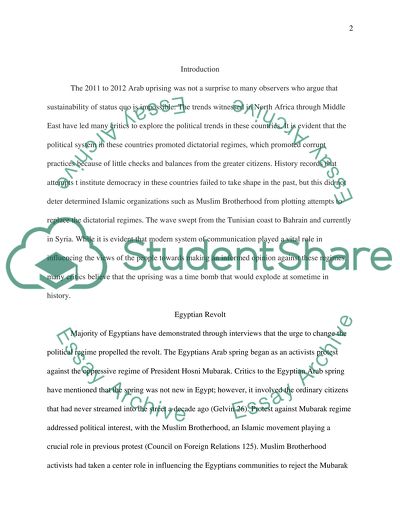Cite this document
(“Nature of The Arab Spring Research Paper Example | Topics and Well Written Essays - 3000 words”, n.d.)
Retrieved from https://studentshare.org/history/1398987-nature-of-the-arab-spring
Retrieved from https://studentshare.org/history/1398987-nature-of-the-arab-spring
(Nature of The Arab Spring Research Paper Example | Topics and Well Written Essays - 3000 Words)
https://studentshare.org/history/1398987-nature-of-the-arab-spring.
https://studentshare.org/history/1398987-nature-of-the-arab-spring.
“Nature of The Arab Spring Research Paper Example | Topics and Well Written Essays - 3000 Words”, n.d. https://studentshare.org/history/1398987-nature-of-the-arab-spring.


